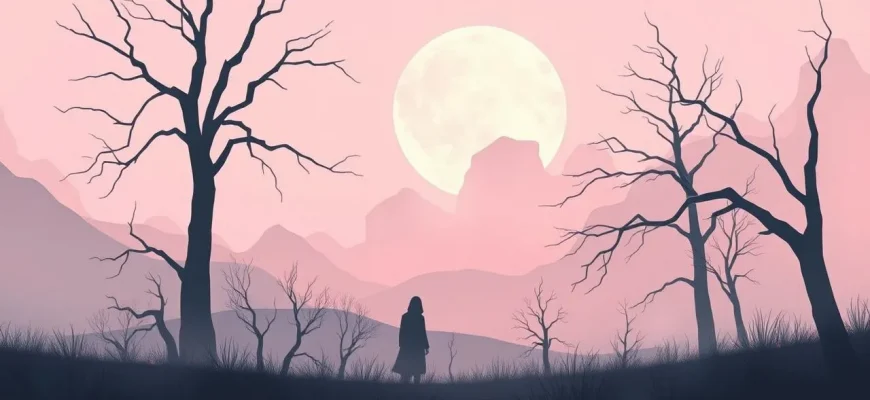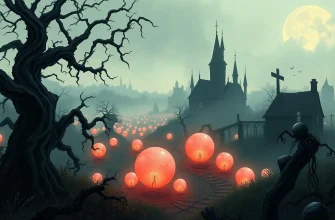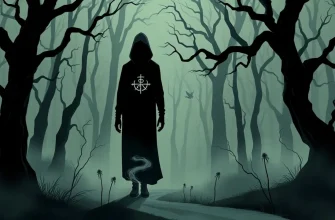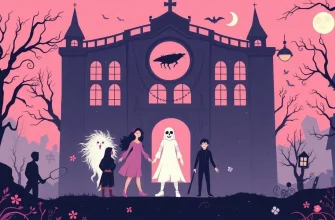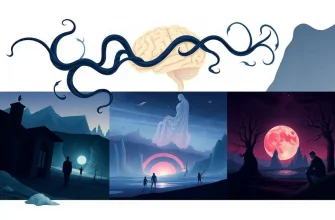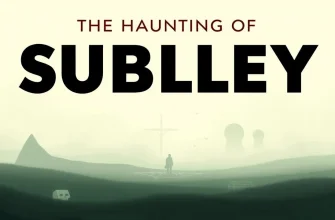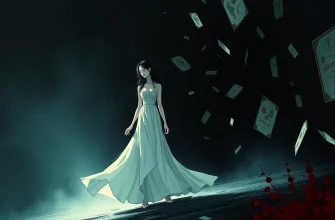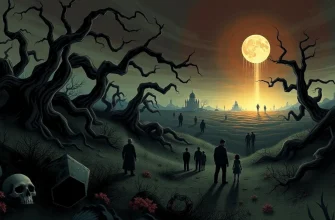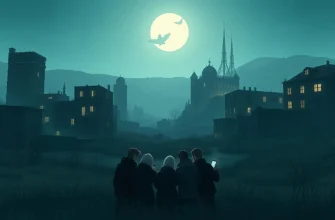Arthouse horror films offer a unique blend of psychological tension, artistic expression, and often, a departure from conventional horror tropes. This curated selection of 10 arthouse horror films provides viewers with an opportunity to delve into the darker corners of cinema where narrative, style, and thematic depth create an unsettling, yet captivating experience. These films challenge the audience's perceptions, provoke thought, and deliver horror through a lens of artistic innovation.
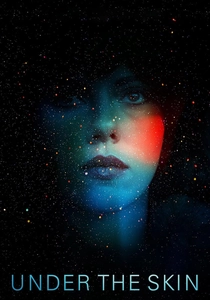
Under the Skin (2013)
Description: This film follows an alien who preys on men in Scotland, exploring themes of identity, humanity, and isolation through a surreal, visually striking narrative.
Fact: Scarlett Johansson's character speaks very little, and much of her performance was improvised, adding to the film's eerie atmosphere.
 Watch Now
Watch Now
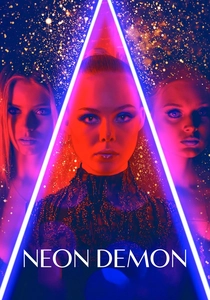
The Neon Demon (2016)
Description: A surreal and visually stunning exploration of beauty, vanity, and the dark side of the modeling industry, with horror elements woven into its narrative.
Fact: The film was shot in Los Angeles, and its director, Nicolas Winding Refn, used a lot of practical effects to achieve its dreamlike quality.
 Watch Now
Watch Now
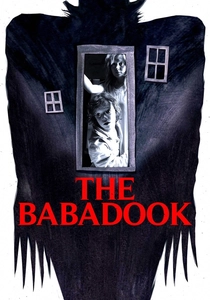
The Babadook (2014)
Description: A psychological horror film that delves into grief, motherhood, and the manifestation of fear through a mysterious children's book that comes to life.
Fact: The film was initially banned in some countries due to its intense themes, and the director, Jennifer Kent, was inspired by her own experiences with grief.
 Watch Now
Watch Now
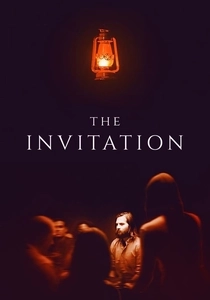
The Invitation (2015)
Description: A dinner party turns into a psychological horror as the host's intentions become increasingly sinister, exploring themes of paranoia, grief, and cults.
Fact: The film was shot in just 20 days, and its ending was kept secret from most of the cast to capture genuine reactions.
 Watch Now
Watch Now
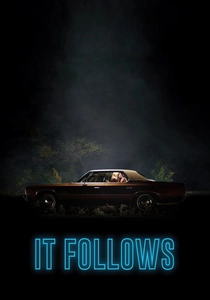
It Follows (2014)
Description: A young woman is pursued by a supernatural entity after a sexual encounter, blending coming-of-age themes with a relentless, slow-moving horror.
Fact: The film was shot in Detroit, Michigan, and its unique score was composed by Disasterpeace, known for his work in video games.
 Watch Now
Watch Now
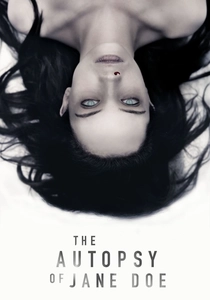
The Autopsy of Jane Doe (2016)
Description: A father-son team of coroners uncover supernatural horrors during the autopsy of an unidentified woman, blending medical thriller with supernatural horror.
Fact: The film was shot in a real morgue, adding to its chilling authenticity, and the character of Jane Doe was inspired by real-life unsolved cases.
 Watch Now
Watch Now
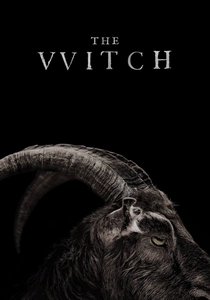
The Witch (2015)
Description: A slow-burn horror about a Puritan family in 1630s New England facing supernatural forces, exploring themes of faith, isolation, and the unknown.
Fact: The film uses authentic 17th-century English dialects, and the director, Robert Eggers, meticulously recreated the period setting.
 Watch Now
Watch Now
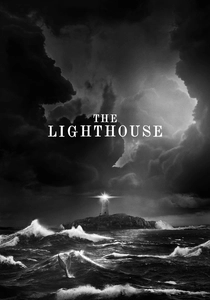
The Lighthouse (2019)
Description: Two lighthouse keepers on a remote and mysterious New England island in the 1890s descend into madness, with themes of isolation, masculinity, and the supernatural.
Fact: The film was shot in black-and-white, and the dialogue was inspired by 19th-century literature and sailor slang.
 Watch Now
Watch Now
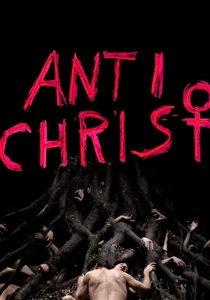
Antichrist (2009)
Description: Lars von Trier's controversial film about a couple retreating to a cabin in the woods to deal with grief, only to encounter primal fears and nature's wrath.
Fact: The film was met with both critical acclaim and controversy, with some scenes being so disturbing that viewers reportedly fainted at screenings.
 30 Days Free
30 Days Free
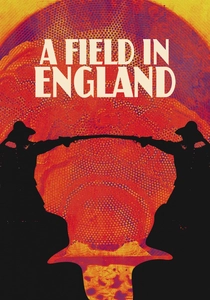
A Field in England (2013)
Description: Set during the English Civil War, this black-and-white film blends historical drama with psychedelic horror, focusing on a group of deserters who encounter a mysterious alchemist.
Fact: The film was shot in just 12 days, and its unique visual style was achieved with a budget of less than £300,
 30 Days Free
30 Days Free

